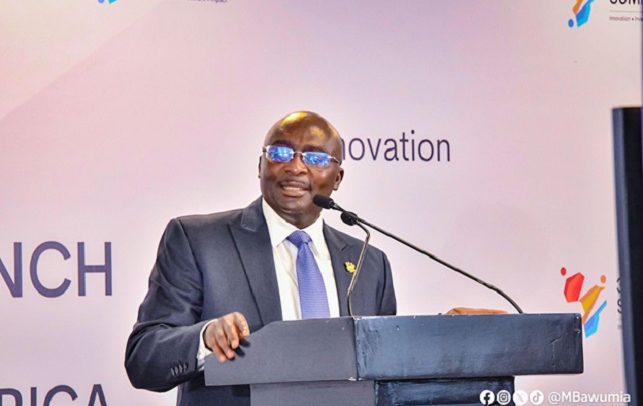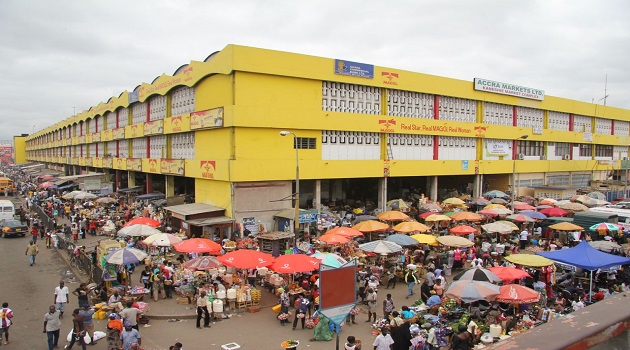
Ghana's population is now estimated at 30.2million, the acting government statistician, Mr David Yenukwa Kombat has disclosed.
This is an increase of about 5.6 million since the 2010 Population and Housing Census pegged the country's population at 24 million.
In an interview with the Ghanaian Times yesterday, he said the annual growth rate of 2.5 per cent put the population at 30,280,811 adding that the population has a youthful outlook.
He noted that the average annual growth rate between the year 2000 and 2010 was 2.5 per cent with 2.4 per cent recorded in 1960 to 1970, 2.6 per cent in 1970 to 1984 and 2.7 per cent in 1984 to 2000.
The figures indicate that the lowest and highest annual growth rates were recorded in the periods 1960 to 1970 and 1984 to 2000 respectively over the 50 years.
According to Mr Kombat, per the data compiled from the first post independence census in 1960 to 2010, the population of the country doubled every 25 years.
Other indicators from the United Nation's World Population Review Report (2017) estimate that life expectancy for females in Ghana is 64.2 years and that of male is 62.1 years, with fertility rate at 3.8 children per woman.
In line with the 10-year census periods, the acting government statistician revealed that processes had begun for the 2020 Population and Housing Census following approval from the government.
He said the service was currently updating Enumeration Areas (EA) across the country with a target of 62,000 EAs as compared to 37,000EAs demarcated in the 2010 census.
EAs are small geographical areas demarcated to aid enumeration of population and housing units within a stipulated time during census. They are also used by other organisations for surveys.
According to Mr Kombat, demarcation of EAs in the Northern, Upper East and Upper West regions, which was started in August last year had been completed by 40 teams of officers and supervisors.
Currently, he said the teams were demarcating EAs in the Brong Ahafo and Ashanti regions concurrently and would move to Greater Accra, Eastern and other regions afterwards.
Mapping and other field work, he indicated, were expected to end in September 2019, stating that so far, the process had been smooth and ongoing as planned.
Mr Kombat said questionnaire and manuals to be used in the census, currently being developed, would be pretested and presented to various stakeholders for inputs, when completed.
"We want to come out with a questionnaire that can collect relevant information for policy making and monitoring of development programmes and projects", he pointed out.
The pretesting of the documents, he said would be done before a trial census in March this year, to find solution to possible challenges that could occur in the actual census slated for March 2020.
He mentioned that the Service would deploy about 70,000 field officers and supervisors for the census and called on the citizenry to cooperate with them when they visited their homes.
In 1960, the country's population was 6.7million; it increased to 8.5million in 1970, soared to 12.2 in 1984 and inched to 18.9 million and 24.6million in 2000 and 2010 respectively.
Read Full Story





















Facebook
Twitter
Pinterest
Instagram
Google+
YouTube
LinkedIn
RSS